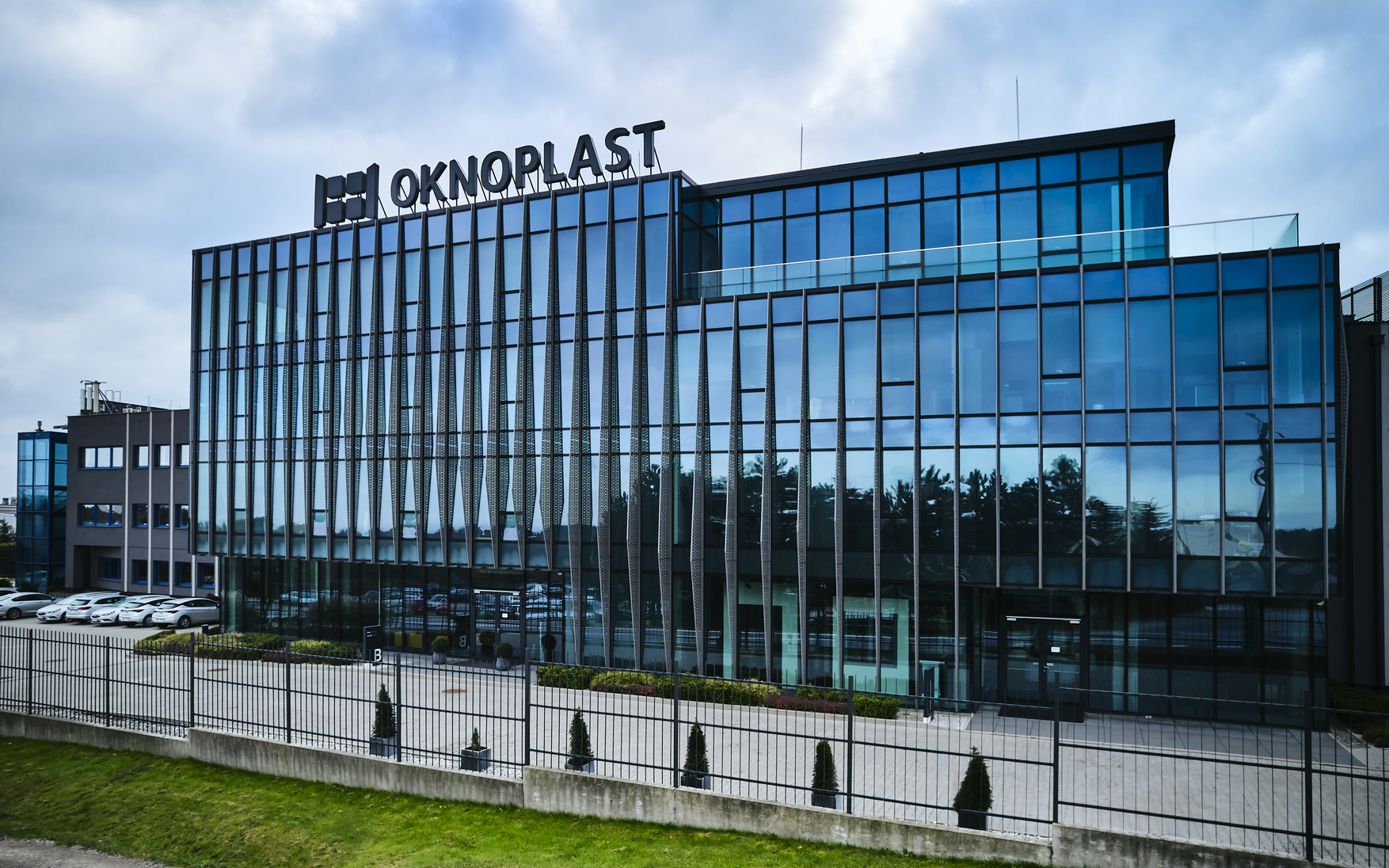What exactly is chalk?
Plaster (actually gypsum mortar coating) can be found both as external plaster for facades as well as interior plaster for interior walls and ceilings Usage. Interior plasters integrate perfectly with wallpapers or can even replace them completely. Internal plasters are applied to ceilings and walls and are made up of several layers of different thicknesses.
External plasters, on the other hand, have the task of protecting the building envelope from various atmospheric agents and mechanical damage. Modern interior and exterior plasters stand for creative wall design with the highest surface quality.
The classic: gypsum plaster
For many builders, gypsum plaster is the material of choice when it comes to perfectly plastering the interior walls of single-family homes. It is needed first and foremost as a substrate for Color and wallpaper. Gypsum plasters are made from gypsum mortar and are suitable for all rooms with normal humidity, including kitchens.
They are characterized by an open-pore structure, which allows rapid water transport and quick drying. The surface coated with gypsum plaster is smooth and promotes a clean indoor climate: Gypsum plaster is breathable and also offers good fire protection because it is difficult to ignite.
Gypsum and lime plaster for high quality uniformity
Gypsum lime plaster comes mainly as Recessed on masonry in internal environments for use. It must be smoothed with finishing plaster. There are special mixtures on the market prepared for felting and smoothing. The best supports for gypsum-lime plasters are
- Brick
- Sand-lime brick
- Natural stone
- Aerated concrete
- Concrete.
As durable as gypsum-lime plasters are, they cannot be used in traditional wetlands. Since today’s bathrooms are no longer comparable to the laundries of yesteryear, plaster or gypsum-lime plaster is usually used here too. Gypsum and lime plasters are ecologically sensitive, regulate the climate and are open to diffusion.
Lime plaster: suitable for allergy sufferers
Lime plaster is a mineral plaster that sets without the use of plastic materials. Suitable for plastering with lime plaster
- Clay stones
- Pumice stones
- Kalksandsteine
- Backstein.
Lime-based mineral plasters contribute to climate regulation: they absorb excess humidity from the air and subsequently release it. In this way they prevent the formation of mold. Lime plasters influence the spatial effect: The finer the layer of plaster, the more elegant the plastered room appears. Lime plaster is applied as a smooth finishing plaster without any structure. With rough structures, however, you can create an attractive wall design.
Lime-cement plaster – water-repellent and breathable
Lime-cement plaster is for this reason Water repellent properties for really humid environments and garages as well as suitable for plastering external surfaces. It protects the masonry well from the formation of mold and creates a light structure on the walls.
Clay plaster for a healthy plaster surface
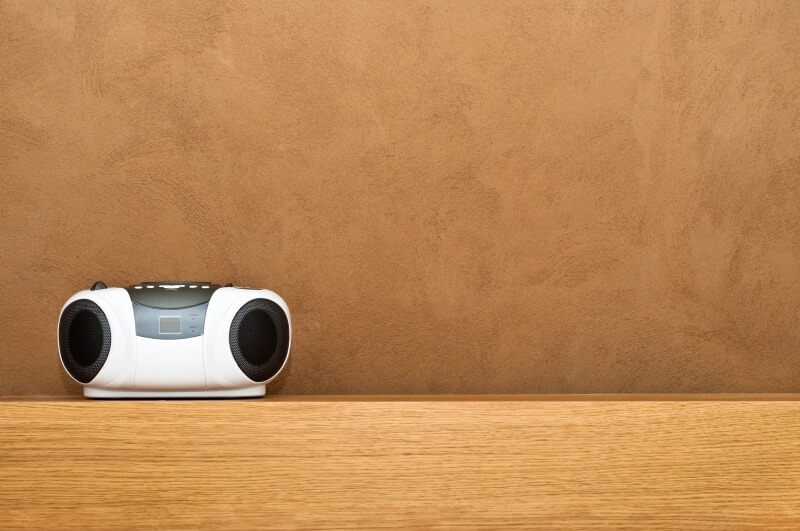
With clay plaster you can create a particularly warm and homely atmosphere. Clay holds one constant and healthy humidity in environments in order to eliminate polluting substances. Clay plasters are suitable for designing both rough and smooth walls. Since clay plaster is very soft, you need to think about edge protection when filling.
Decorative plaster – variety of designs for your interior walls
The purpose of decorative plasters is to beautify and protect walls. In recent years they have become a popular alternative to wallpaper. A distinction can be made between different plastering techniques to create unusual wall structures.
Roll the plaster
Roller plaster is a brushable plaster that can be applied to all surfaces with a roller. With this plaster you can evoke irregular structures, but they are produce a uniform pattern. You can achieve this effect by applying rolling plaster, for example, with a textured brush or roller.
rubbing of the plaster
Rubbing plaster is a granular plaster mortar with coarser grain size than rolled plasters. It is available on the market as a synthetic resin plaster or as a mineral plaster. The rough design of the walls You can achieve this by finally rubbing the previously applied patch.
Alternatives to plaster
Of course, it doesn’t always have to be plaster: in interiors, wallpaper is still one of the most popular options for wall design. And you can also express your imagination when designing the facade: with a two-tone plastered facade – or in a very minimalist way with clinker bricks as an alternative to plaster!
latest posts published

The basement as an ideal place for a home sauna
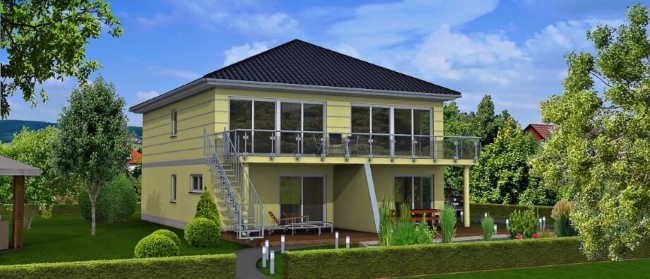
Building a condo is a breeze | What’s behind a condominium?
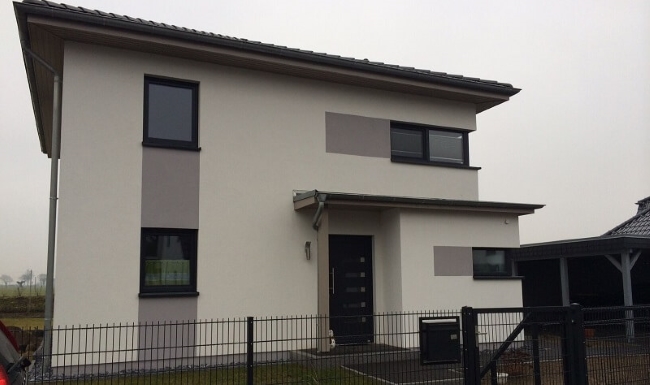
Splash protection for facades – that’s why it makes sense
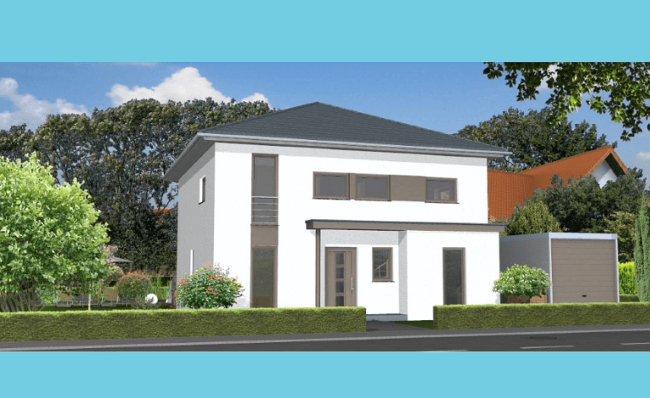
How to design your home with a covered garage

Build savings in times of low interest rates
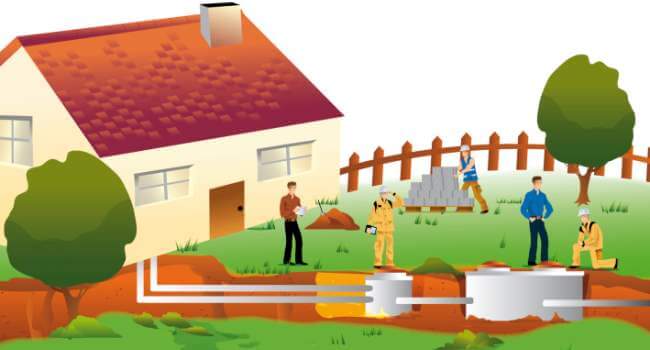
Useful information on property drainage | Considerations during construction
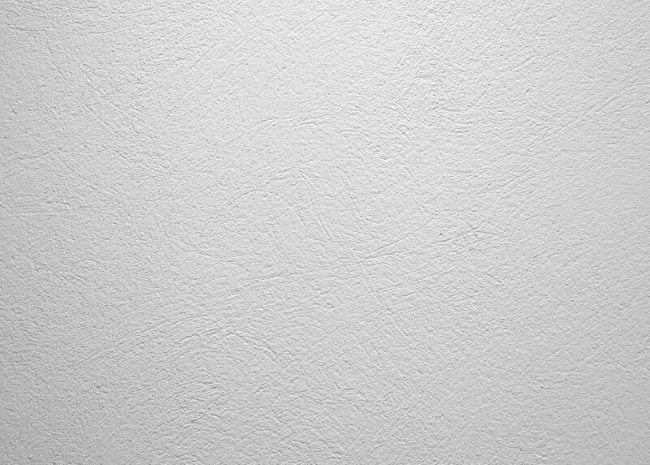
Interior wall plaster in brief
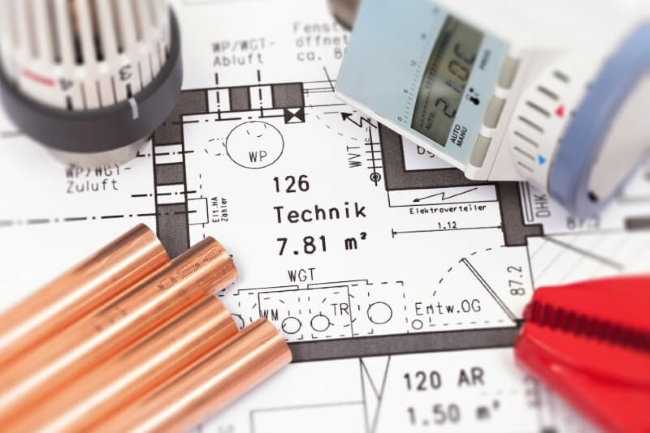
Heating with oil, gas or electricity
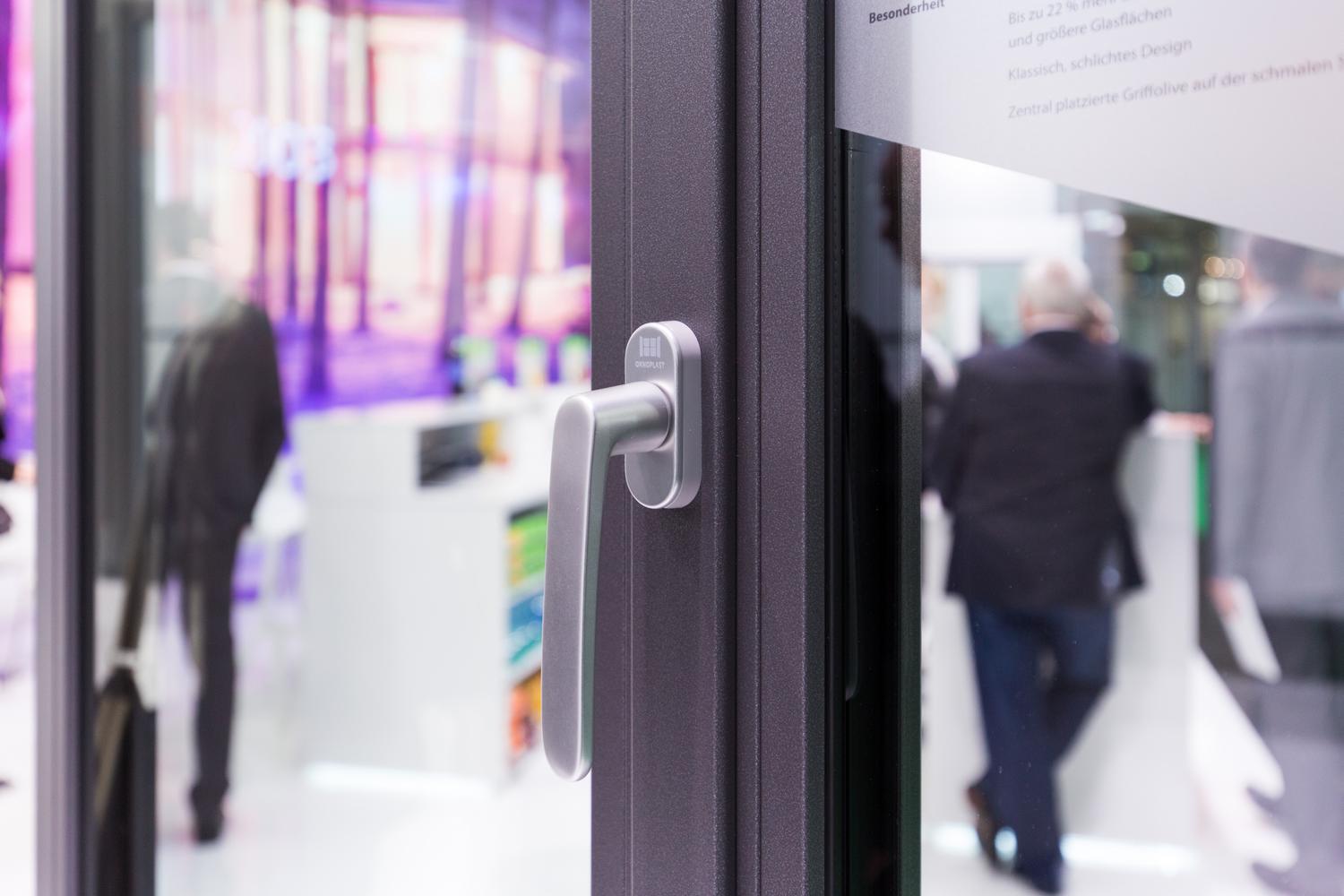
Foil as desired | Oknoplast
